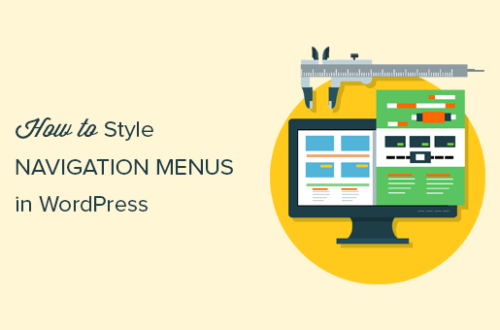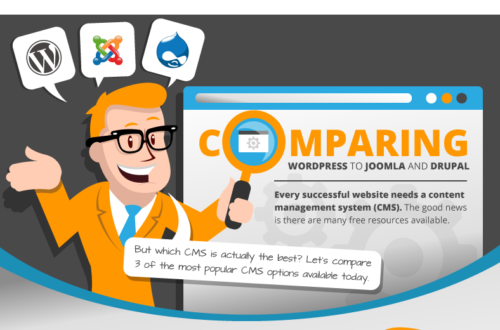Clever Hacks and Tricks for DIY Web Designers

Creating a website can be a daunting task, especially for those without a background in web design. However, with the right tools and techniques, even novice designers can create stunning websites. In this article, we will explore some clever hacks and tricks that DIY web design expert can use to enhance their designs and streamline their workflow.
1. Simplify Your Design Process
Use Templates and Themes
- Start with a pre-designed template or theme to save time and effort.
- Customize the template to fit your brand by changing colors, fonts, and images.
Grid Systems
- Utilize grid systems to create a clean and organized layout.
- Grid systems help maintain consistency across different screen sizes.
2. Optimize for Speed and Performance
Image Optimization
- Compress images to reduce file size without sacrificing quality.
- Use CSS sprites to combine multiple images into one, reducing server requests.
Minify CSS and JavaScript
- Remove unnecessary spaces, comments, and characters from your CSS and JavaScript files to reduce load times.
- Use tools like Minify or UglifyJS to automate the minification process.
3. Enhance User Experience
Responsive Design
- Ensure your website is mobile-friendly by using responsive design techniques.
- Test your website on different devices to ensure it looks good on all screen sizes.
Clear Call-to-Actions
- Use clear and concise language to guide users towards desired actions.
- Place call-to-action buttons prominently on your website for easy access.
4. Improve SEO
Optimize Meta Tags
- Include relevant keywords in your title tags, meta descriptions, and headings to improve search engine visibility.
- Write unique meta tags for each page to ensure better indexing by search engines.
Internal Linking
- Link to relevant pages within your website to improve navigation and increase time spent on site.
- Use descriptive anchor text for internal links to provide context to users and search engines.
5. Test and Iterate
User Testing
- Ask friends, family, or colleagues to test your website and provide feedback.
- Use tools like Hotjar or Google Analytics to analyze user behavior and make informed design decisions.
Continuous Improvement
- Regularly update your website based on user feedback and performance metrics.
- Experiment with new design elements and features to keep your website fresh and engaging.


